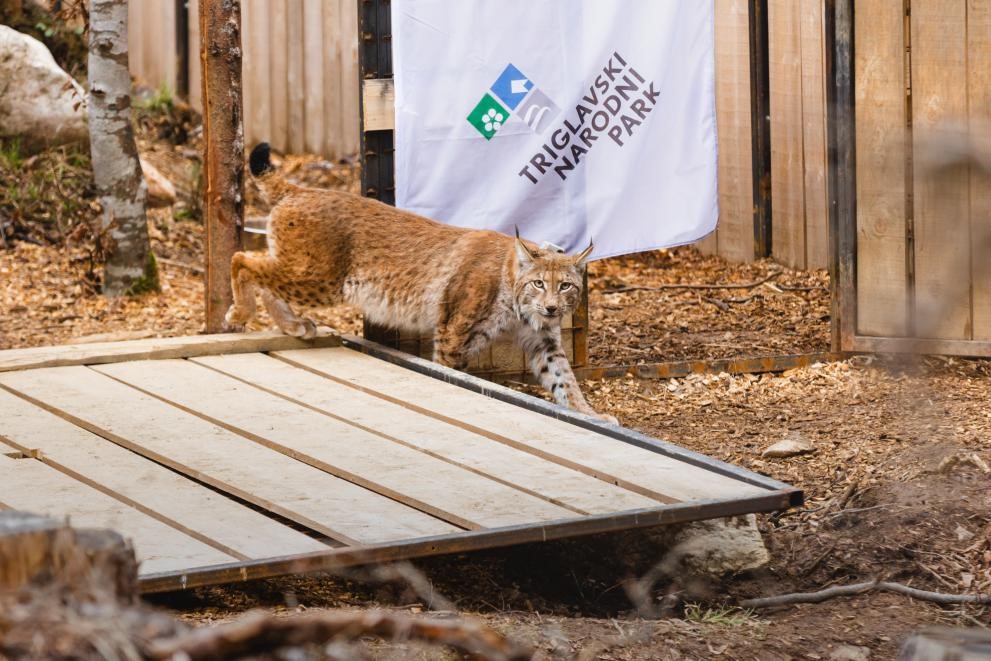In medieval times, the lynx was widespread across all European forests. After being at dire risk of extinction, the two species found in the EU are safer now thanks also to the LIFE Programme.
One of Europe’s most elusive and threatened wild cat species could be returning thanks to EU-funded LIFE projects across the continent.
Once common across Medieval Europe, lynx populations have plummeted after centuries of persecution. Now, as part of broader initiatives to restore forest habitats, European lynxes have been reintroduced into forests in Germany, Croatia and Slovenia, while efforts are being made to re-establish populations of Iberian lynx in Spain and Portugal.
In the Palatine Forest of southwest Germany, LIFE Luchs Pfälzerwald – which won the 2023 LIFE Award for Nature – has established a population of Eurasian lynx 300 years after they disappeared from the area. Twenty lynxes from Switzerland and Slovakia have been reintroduced, and at least 18 cubs have been born during the project.
In Slovenia and Croatia, the LIFE Lynx project has also successfully reintroduced several lynxes, including Tris, Julija and Lenka. ‘The lynxes were here in the past, but then they were gone,’ says Janez Rakar, a former Director of the Triglav National Park. ‘These three lynxes are a new hope for establishing a population in this area.’
Thanks to a successful communication strategy, the project received an impressive amount of media coverage, with it increased the project stakeholders’ acceptance of the lynxes, and their support is proving vital. This project is the first important step to reverse the Dinaric-SE Alpine lynx population’s decline and improve connectivity between the regional sub-populations.
LIFE is keen to fund both European and Iberian lynx conservation projects, not only because – along with the European wildcat – they are the only native wild cat species remaining on the continent, but because they are vital for preventing overgrazing, supporting biodiversity and contributing to a balanced ecosystem.
LIFE Lynx is celebrating a significant milestone: there are now around 100 lynxes in the Dinaric mountains. However, efforts to save the Iberian lynx from extinction in Spain and Portugal face considerable challenges. LIFE LYNXCONNECT – one of many funded since 2002 – aims to increase their numbers by connecting small populations to increase genetic diversity.
The recovery of a species depends not only on absolute population numbers but also on genetic diversity; that’s what they are trying to achieve with LIFE LYNXCONNECT. At its most critical moment, for the Iberian Lynx, there were only two isolated lynx subpopulations in Doñana and Andújar (Andalucia, Spain). Today there are five, and the LIFE LYNXCONNECT project is working on new reintroductions in other areas of Spain (e.g. Murcia, Castilla- La Mancha) and Portugal.
The Iberian lynx still faces an uncertain future.
The decline of wild rabbits – its favourite food – combined with in-breeding, road accidents, habitat loss and climate change have all taken their toll. But there is hope: the latest data shows a population of 1,668 individuals in the wild, compared to fewer than 100 in 2002.
Source: European Commission | European Climate, Infrastructure and Environment Executive Agency (https://shorturl.at/yKV23)
